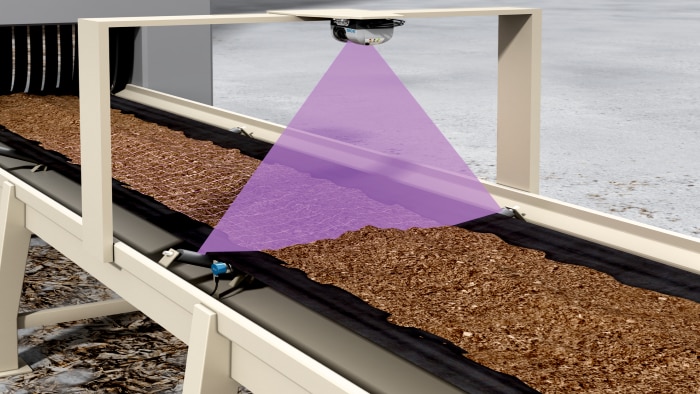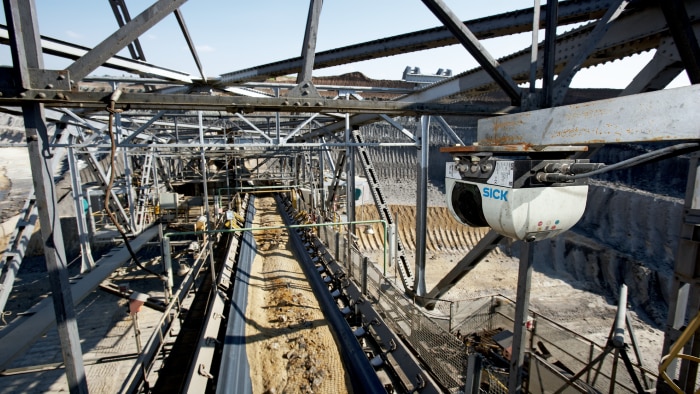The benefits of volumetric scanning for conveyor belt systems
Ajanth Sewpersad, Sales Engineer, Process Automation, SICK South Africa, rationalises the use of laser technology to measure the volume and speed of conveyed bulk media.
Conventional conveyor belt scales – also called weightometers – have been around for decades. These mechanical devices measure the volume and speed of bulk media conveyed, with relative accuracy. However, if they are not correctly maintained, the measurement accuracy of the scales may be affected.
Enter the volumetric belt scanner, equipped with laser measurement technology. It overcomes the challenges faced by conventional weightometers, delivering a number of benefits, including reliable measurement, improved accuracy and reduced maintenance requirements.
SICK Automation’s laser measurement technology solution for measuring bulk conveyed material is Bulkscan®, a flow sensor that uses non-contact time-of-flight technology to measure the volume flow of bulk materials on conveyor belts. Irrespective of the conveyed materials’ properties and ambient weather conditions, Bulkscan® generates a reliable volume flow signal based on the laser’s time of flight. The belt speed is measured using an encoder device (either a wheel encoder or a non-contact Speetec encoder from SICK). The system records the total quantity, calculates the mass flow, and it comes with an integrated function for determining the bulk material’s centre of gravity. This enables it to detect uneven loading (which may cause excessive belt wear).



